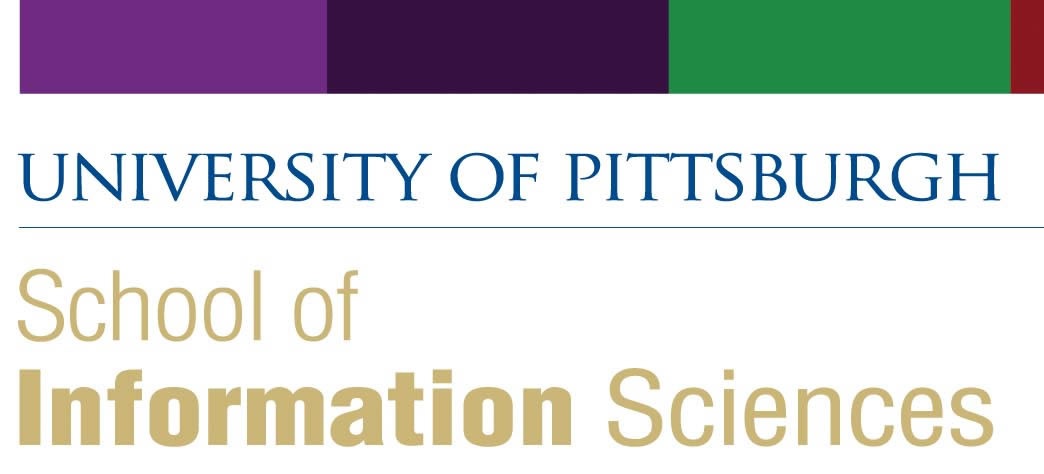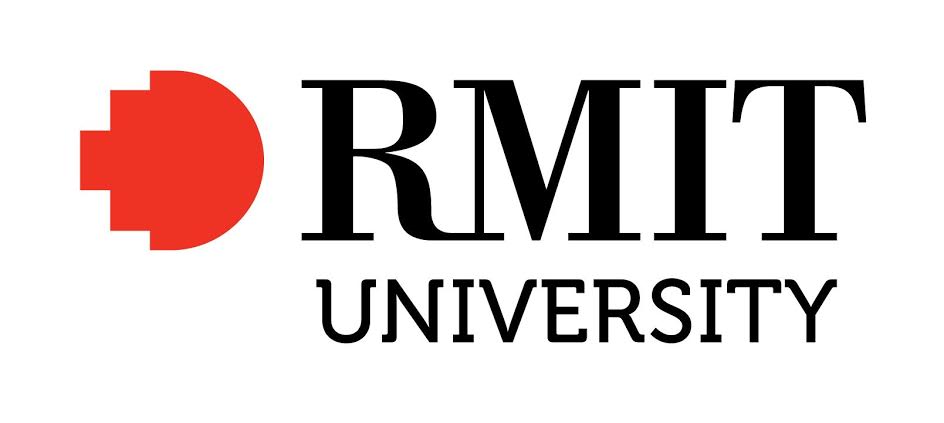Abstract: Edge computing is new paradigm in which the resources of a small data center are placed at the edge of the Internet, in close proximity to mobile devices, sensors, and end users. Terms such as "cloudlets," "micro data centers," "fog," and "mobile edge cloud" have been used in the literature to refer to edge-located data centers. Located just one wireless hop away from associated mobile devices, they offer ideal placement for low-latency offload infrastructure to support emerging applications. They are optimal sites for aggregating, analyzing and distilling bandwidth-hungry sensor data from devices such as video cameras. In the Internet of Things, they offer a natural vantage point for organizational access control, privacy, administrative autonomy and responsive analytics. In vehicular systems, they mark the junction between the well-connected inner world of a moving vehicle and its tenuous reach into the cloud. For cloud computing, they enable fallback cloud services in hostile environments. Starting from the widely-used OpenStack platform for cloud computing, we describe our extensions for cloudlet discovery, just-in-time provisioning, and VM handoff. These mechanisms lay the foundation for the future emergence of a rich and diverse multi-vendor ecosystem of applications and instrastructure for edge computing.
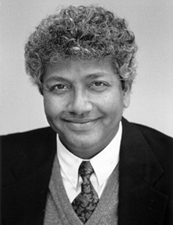
Bio: Satya's multi-decade research career has focused on the challenges of performance, scalability, availability and trust in information systems that reach from the cloud to the mobile edge of the Internet. In the course of this work, he has pioneered many advances in distributed systems , mobile computing, pervasive computing, and the Internet of Things. Most recently, his seminal 2009 publication “The Case for VM-based Cloudlets in Mobile Computing” has inspired many technical efforts worldwide at the intersection of mobile computing and cloud computing, and has led to the emergence of Edge Computing (also known as "Fog Computing").
Early in his career, Satya was a principal architect and implementor of the Andrew File System (AFS) which pioneered the use of scalable file caching, ACL-based security, and volume-based system administration for enterprise-scale information sharing. AFS was commercialized by IBM, is in widespread use today as OpenAFS, has heavily influenced the NFS v4 network file system protocol standard, and was the inspiration for DropBox. Building on the AFS work, Satya was a principal architect of the Coda File System which introduced the concepts of disconnected operation and bandwidth-adaptive weakly-connected operation in distributed file systems. The Coda concepts of hoarding, reintegration and application-specific conflict resolution can be found in the hotsync capability of mobile devices today. Key ideas from Coda were incorporated by Microsoft into the IntelliMirror component of Windows 2000 and the Cached Exchange Mode of Outlook 2003. The Odyssey project explored the partitioning of responsibility between the operating system and applications in adapting to wide variability in critical resources such as wireless network bandwidth and energy in mobile computing. Through these and other projects such as Aura and Chroma, Satya was a co-inventor of many supporting technologies for mobile computing such as such as cyber foraging (also known as "cloud offload"), data staging, lookaside caching, translucent caching and application-aware adaptation. In the Internet Suspend/Resume system, his team has explored the role of virtual machine (VM) technology in seamless mobility of legacy software. In the Diamond project. his team has explored interactive deep search of unindexed complex data such as digital photographs and medical images in domains such as pathology, dermatology and anomaly detection in drug discovery. The creation of OpenSlide, a widely-used vendor-neutral software library for digital pathology was a by-product of the Diamond work. His most recent work in distributed systems has focused on the Olive project, which is exploring the streaming and prefetching of virtual machines over the Internet as the foundational mechamism for archived executable content. At the convergence of cloud computing and mobile computing, his most recent work in the Elijah project is exploring the role of cloudlets, which are decentralized cloud computing elements located close to edge of the Internet. Cloudlets enable mobile devices to offload resource-intensive computation at low latency and high bandwidth, thus pointing the way to futuristic applications such as wearable cognitive assistance on devices such as Google Glass and Microsoft Hololens.
Satya is the Carnegie Group Professor of Computer Science at Carnegie Mellon University. He received the PhD in Computer Science from Carnegie Mellon, after Bachelor's and Master's degrees from the Indian Institute of Technology, Madras. He is a Fellow of the ACM and the IEEE. He was the founding Program Chair of the HotMobile series of workshops, the founding Editor-in-Chief of IEEE Pervasive Computing, the founding Area Editor for the Synthesis Series on Mobile and Pervasive Computing, and is the founding program chair of the First IEEE Symposium on Edge Computing that will be held in October 2016. He was the founding director of Intel Research Pittsburgh, and was an Advisor to Maginatics , which has created a cloud-based realization of the AFS vision and was acquired by EMC in 2014.
Abstract: Managing risk in changing environments is a classic challenge for decision makers in public, private, and nonprofit organizations. The challenge increases as decision makers discover the interconnectedness of the systems they manage and the unexpected consequences of decisions made to reduce risk in one set of circumstances that actually increase risk for different groups of the population under different conditions. Perceived in practice, risk is a set of dynamic, interacting conditions involving multiple actors, changing technologies, conflicting assumptions, different scales of operation, and the need for timely, informed, collective action to mobilize a coherent response. Managing risk is an on-going effort in Nepal, which experienced a major earthquake on April 25, 2015, with recurring aftershocks and changing political, economic, and technological conditions. Turning risk into opportunity for informed development is a fundamental task, not only for Nepal, but globally, for the 21st century.
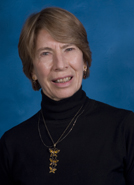
Bio: Dr. Comfort's primary research interests are in decision making under conditions of uncertainty and rapid change, interactions among technical and organizational systems under stress, and uses of information technology to develop decision support systems for managers operating under urgent conditions. She uses methods of network analysis, system dynamics modeling, and focuses on the analysis of large-scale, sociotechnical, complex adaptive systems. Her current research focuses on The Dynamics of Risk: Changing Technologies, Complex Systems, and Collective Action. Dr. Comfort holds a Bachelor of Arts degree in Political Science and Philosophy from Macalester College, St. Paul, Minnesota, a Master of Arts degree in Political Science from the University of California, Berkeley, and a Ph.D. degree in Political Science from Yale University. She is a Fellow of the U. S. National Academy of Public Administration, and has been a Visiting Scholar at five international universities. She has engaged in field studies following twenty-two earthquake disasters in fourteen countries, including the EERI reconnaissance study of September 30, 2009 Padang Earthquake, Indonesia, National Science Foundation (NSF) RAPID response study of the January 12, 2010 Haiti Earthquake, a recovery study of the March 11, 2011 Tohoku Earthquake, Japan, NSF RAPID response study of the May 13, 2014 Soma, Manisa, Turkey Mine Fire, and an NSF RAPID study of response and recovery from the 25 April and 12 May 2015 Earthquakes in, Nepal.
Abstract: Internet of Things (IoT) is currently on the top of the hype cycle with investments from governments, corporations, and venture capital firms. Smart Cities enhance the quality of life of its citizen by building an eco-system for health, environment, and business. Both IoT and Smart Cities share similar issues and challenges. The key areas of research in IoT including security will be explained. In particular, IoT and smart cities will lead to increased use of cloud computing and will soon lead to multi-cloud computing. We finish with a discussion about our OpenADN project for managing such globally distributed multi-cloud applications.
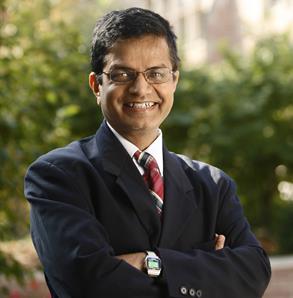
Bio: Raj Jain is a Fellow of IEEE, a Fellow of ACM, A Fellow of AAAS, a winner of ACM SIGCOMM Test of Time award, 2015 A. A. Michelson Award from Computer Measurement Group, CDAC-ACCS Foundation Award 2009, Distinguished Alumni award from Indian Institute of Science Alumni Association, and ranks among the top 75 in CiteseerX's list of Most Cited Authors in Computer Science. Dr. Jain is currently the Barbara J. and Jerome R. Cox Professor of Computer Science and Engineering at Washington University in St. Louis. Previously, he was one of the Co-founders of Nayna Networks, Inc - a next generation telecommunications systems company in San Jose, CA. Further information is here.
Abstract: Healthcare is undergoing massive changes. The imperative to control costs, improve quality and better access is more real today than ever before. Innovation is the ability to see change as an opportunity - not a threat. This is fostered by meaningful collaborations and intelligent computing. Creating exceptional healthcare innovations requires a level of passion, commitment and process that is truly purpose driven and meaningful. This talk explores the basis of life changing innovation and describes the key challenges in healthcare today, and the work being done at UPMC to enable the translation of some of these ideas and ventures into commercial successes, leveraging the assets we are enabling in the region.
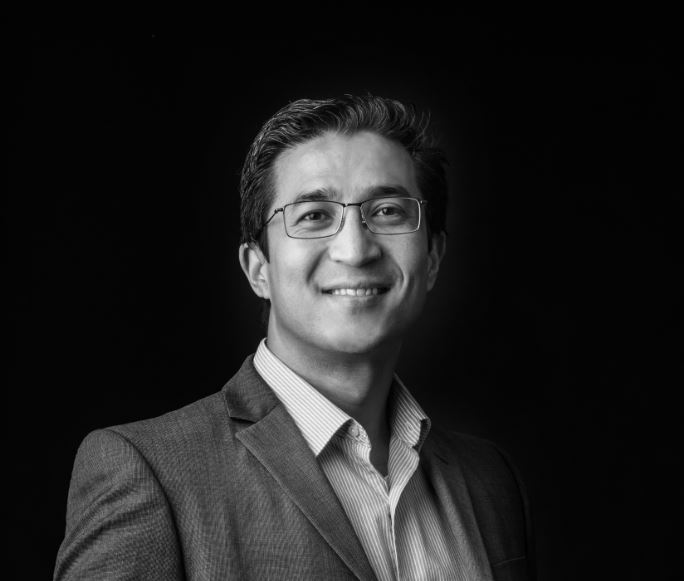
Bio: As Chief Innovation Officer, Dr. Shrestha is responsible for driving UPMC’s innovation strategy, serving as a catalyst in transforming the organization into a more patient-focused and economically sustainable system. A cross-functional team collaborator, he is committed to preparing and empowering UPMC for the future of health care. By driving alignment among stakeholders, championing new technologies, and tearing down organizational roadblocks, he creates an environment that accelerates idea generation and the conversion of ideas into reality.
In addition to leading innovation at UPMC, Dr. Shrestha also serves as Executive Vice President of UPMC Enterprises, pushing the needle in the pursuit of a unique blend of health care intelligence, technology expertise, and entrepreneurial drive to develop inventive and commercially successful solutions that address complex health care challenges. Dr Shrestha leads a team of over 200 technology professionals innovating towards intelligent health care, building patient-centric, value-based technology solutions that are transforming the industry. Through strategic partnerships, joint development agreements, and investment in start-ups, he champions the development, implementation, and commercialization of these innovations.
Dr. Shrestha is a respected thought leader and visionary in the field of health care information technology. A frequent speaker and presenter at national and international health care, innovation, and technology conferences, he was recently recognized as “26 of the Smartest People in Health IT” by Becker’s Hospital Review, and was acknowledged as one of the “Top 20 Health IT Leaders Driving Change” and as a “Top Healthcare Innovator” by InformationWeek.
Prior to leading innovation at UPMC, Dr. Shrestha served as Vice President of Information Technology and was Medical Director of Interoperability and Imaging Informatics at UPMC. Before joining UPMC, Dr. Shrestha was Informatics Director at the University of Southern California, where he was also Professor of Radiology Research at the Keck School of Medicine.
Dr. Shrestha received his medical degree from CCS University in India, completed his fellowship in informatics from the University of London, and earned his MBA from the University of Southern California. He currently serves as the Chair of the Informatics Scientific Program Committee at the Radiological Society of North America (RSNA) and is a board member of several innovative organizations, including Omnyx, a UPMC/GE joint venture. He is also a longtime member of the Advisory Board of KLAS Research.
Abstract: Community analysis is an important aspect of internet and social networks. Recently, the formulation and analysis of communities have been hot topics in data mining and social networks. The growing need for understanding user relationships and behaviors in internet and social networks requires the tracking of user communities over time. Temporal information in dynamic social networks can be used to reveal many important phenomena such as bursts of activities in social networks. In this talk, based on our newest findings, I will present computational approaches to identify the roles of communities and to track the patterns of communities in dynamic internet and social networks. Significant communities which are correlated to observable various semantics can be identified. I will discuss new methods to formulate, measure, and track the community consistency under dynamic settings. These methods will be helpful for the analysis of internet and social networks and also for understanding user behaviors over time. The measurement and tracking of community consistency are challenging since we need to explore the causes of evolving community structures. I will demonstrate several case studies to show the effectiveness in real-world applications.
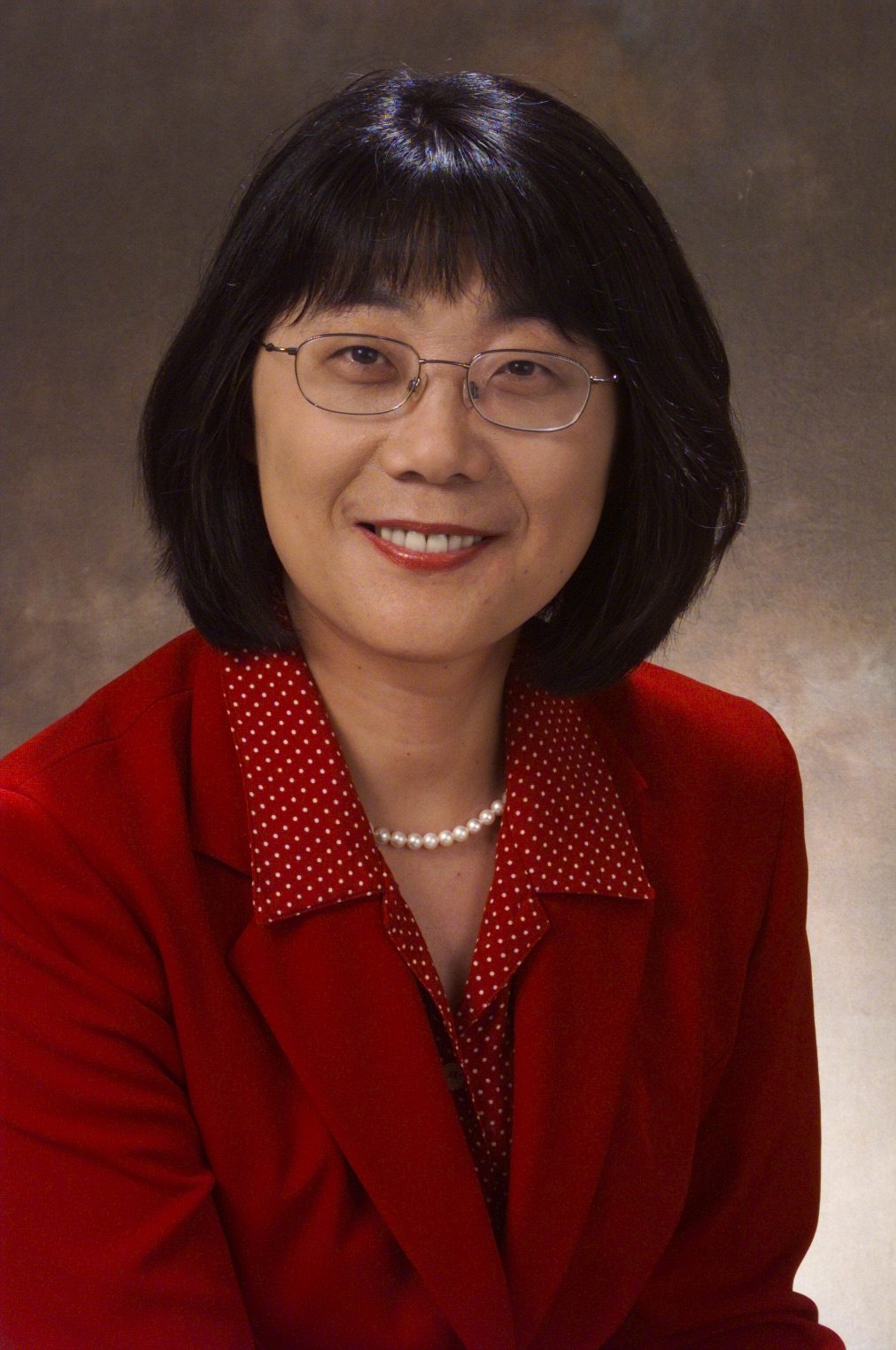
Short Bio: Dr. Aidong Zhang is currently on leave from the State University of New York (SUNY) at Buffalo and serving as a program director in the Information & Intelligent Systems division of the Directorate for Computer & Information Science & Engineering, National Science Foundation. Dr. Zhang is a SUNY Distinguished Professor of Computer Science and Engineering. Her research interests include data mining/data science, bioinformatics, health Informatics, multimedia and database systems, and content-based image retrieval. She has authored over 290 research publications in these areas. She has chaired or served on over 160 program committees of international conferences and workshops, and currently serves on several journal editorial boards. Dr. Zhang is an IEEE Fellow.
Abstract: This talk, which is based on our newest findings and experiences from research and industrial projects, addresses one of the most relevant challenges for a decade to come: How to integrate the Internet of Things with software, people, and processes, considering modern Cloud Computing and Elasticity principles. Elasticity is seen as one of the main characteristics of Cloud Computing today. Is elasticity simply scalability on steroids? This talk addresses the main principles of elasticity, presents a fresh look at this problem, and examines how to integrate people, software services, and things into one composite system, which can be modeled, programmed, and deployed on a large scale in an elastic way. This novel paradigm has major consequences on how we view, build, design, and deploy ultra-large scale distributed systems.
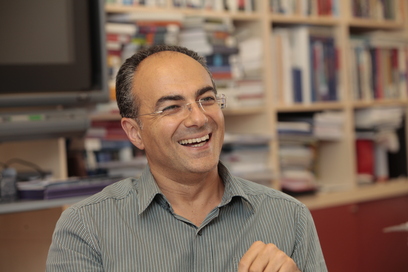
Short Bio: Schahram Dustdar is Full Professor of Computer Science and head of the Distributed Systems Group at the TU Vienna. From 2004-2010 he was Honorary Professor of Information Systems at the Department of Computing Science at the University of Groningen (RuG), The Netherlands. He is an Associate Editor of IEEE Transactions on Services Computing, ACM Transactions on the Web, and ACM Transactions on Internet Technology and on the editorial boards of IEEE Internet Computing and IEEE Computer. He is the Editor-in-Chief of Computing (an SCI-ranked journal of Springer). Dustdar is an ACM Distinguished Scientist, IBM Faculty Award recipient, and an IEEE Fellow as well as an elected member of the Academia Europaea: The Academy of Europe.
Abstract: Recognition that anthropogenic carbon emissions are driving climate change has led to adoption of ambitious new “renewable portfolio standards” (50% in California and New York for 2030, and DOE’s Wind Power vision for a 35% national RPS for 2050). Such radical changes posit future power grids with high generation variability, creating many terawatt-hours (TWh) of “stranded power” – energy that is generated, but has no economic value.
We propose a new model for large-scale computing, Zero-carbon Cloud (ZCCloud), that presents computing as a “dispatchable load”, exploiting stranded power to eliminate carbon emissions, and to enhance grid stability and efficiency. First, we characterize stranded power as a plentiful (10’s of TWh), growing, and usable resource (duty factors 60-80%). Second, study using production workloads shows that ZCCloud’s can create intermittent computing resources from stranded power that are be highly productive, and in a range of future scenarios, enable both higher “peak capability” supercomputers and economically competitive cloud systems. Finally, using advanced power grid simulation techniques, we compare the impact of traditional cloud data centers and ZCCloud’s new “dispatchable” loads, finding significant improvements in power cost, achieved RPS, and reduced stranded power. Our results also suggest that conventional approaches that add wind or solar renewables to cloud data centers, may be net detrimental to both power grid performance and carbon footprint. They also raise interesting challenges for future wide-area networks and clouds where entire data centers enter and exit on an hourly basis.
More information is available at Zero-carbon Cloud
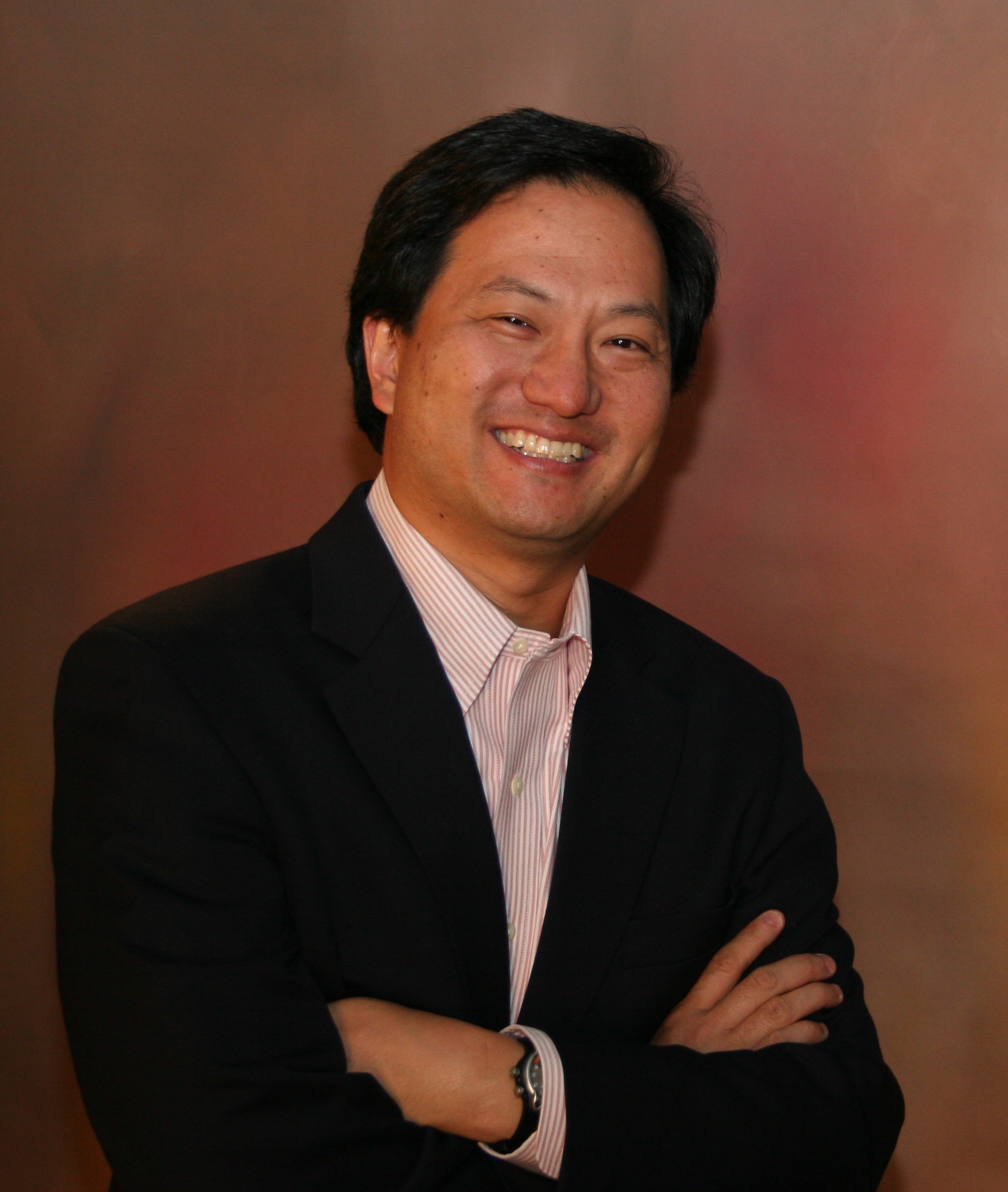
Bio: Dr. Andrew A. Chien is the William Eckhardt Distinguished Service Professor in Computer Science, Director of the CERES Center for Unstoppable Computing, and Senior Fellow in the Computation Institute at the University of Chicago. He also serves as a Senior Computer Scientist at the Argonne National Laboratory. Dr. Chien served as Vice President of Research at Intel Corporation, leading long-range and “disruptive technologies” research at Intel Research. At Intel, he also led Intel’s external research programs, including government and higher education engagements. In this role, Chien launched imaginative new efforts in robotics, wireless power, sensing and perception, nucleic acid sequencing, networking, cloud, and ethnography. Working with Microsoft and NSF, Chien was instrumental in creation of the Universal Parallel Computing Research Centers (UPCRC) focused on parallel software, the Open Cirrus Consortium focused on Cloud computing, and Intel’s Exascale Research program.
For more than 25 years, Chien has been a global research and education leader, and an active researcher in parallel computing, computer architecture, programming languages, networking, clusters, grids, and cloud computing. Previous academic positions include the SAIC Chair Professor in Computer Science and Engineering, and founding Director of the Center for Networked Systems at the University of California at San Diego (1998-2005). While at UCSD, he also founded Entropia, a widely-known Internet Grid computing startup. From 1990 to 1998, Chien was a Professor of Computer Science at the University of Illinois at Urbana-Champaign with joint appointments at the National Center for Supercomputing Applications (NCSA) where he was a research leader for parallel computing software and hardware, and developed the well-known Fast Messages, HPVM, and Windows NT Supercluster systems.
Dr. Chien is a Fellow of the American Association for Advancement of Science (AAAS), Fellow of the Association for Computing Machinery (ACM), Fellow of Institute of Electrical and Electronics Engineers (IEEE), and has published over 170 technical papers. His research has been recognized for excellence, and supported by the National Science Foundation (NSF), Defense Advanced Research Projects Administration (DARPA), Department of Energy (DOE), National Aeronautics and Space Agency (NASA), Office of Naval Research (ONR), and numerous industry sponsors. Chien served on the Board of Directors for the Computing Research Association (CRA), Advisory Board of the National Science Foundation’s Computing and Information Science and Engineering (CISE) Directorate, and is currently co-Chair of the Editorial Board of the Communications of the Association for Computing Machinery (CACM), and also serves as an editor for ACM's Transactions on Parallel Computing (TOPC), and the Journal of Grid Computing (JOGC). Chien received his Bachelor's in electrical engineering, Master's and Ph.D. in computer science from the Massachusetts Institute of Technology.
Workshop on Privacy in Collaborative & Social Computing (PiCSoC 2016)
International Workshop on Collaborative Internet Computing for Disaster Management (CIC-DM 2016)
The 11th IEEE International Workshop on Trusted Collaboration (TrustCol 2016) (Combined with ISCBD Workshop)
The 1st International Workshop on Internet-scale Clouds and Big Data (ISCBD 2016)
International Workshop on Quality of Service in Smart Cities (QoS-SC 2016) (Cancelled)
